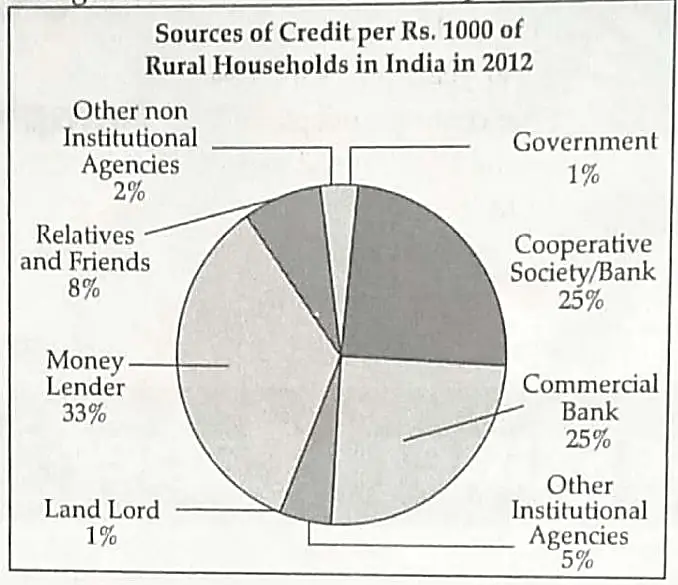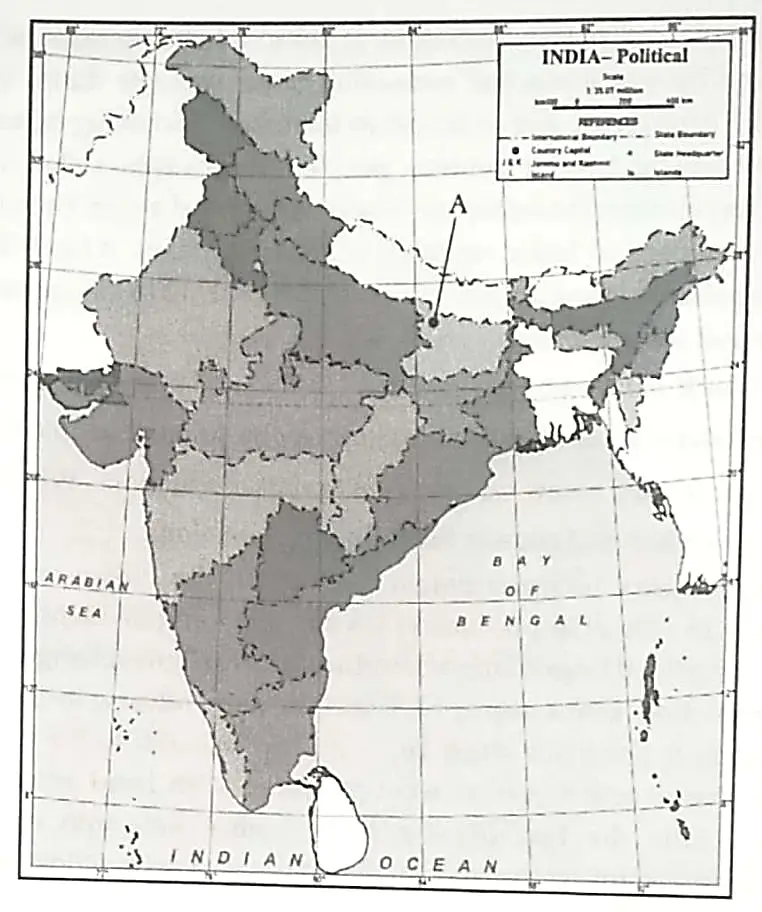Social Science Term 2 Sample Paper 2022 (Unsolved)
Class 10 Social Science Term 2 Sample Paper 2022, (Social Science) exams are Students are taught thru NCERT books in some of the state board and CBSE Schools. As the chapter involves an end, there is an exercise provided to assist students to prepare for evaluation. Students need to clear up those exercises very well because the questions inside the very last asked from those.
Sometimes, students get stuck inside the exercises and are not able to clear up all of the questions. To assist students, solve all of the questions, and maintain their studies without a doubt, we have provided a step-by-step NCERT Sample Question Papers for the students for all classes. These answers will similarly help students in scoring better marks with the assist of properly illustrated Notes as a way to similarly assist the students and answer the questions right.
Class 10 Social Science Term 2 Sample Paper 2022
General Instructions :
1. This Question paper is divided into five sections-Section A, B, C, D and E.
2 All questions are compulsory.
3. Section-A: Question no, 1 to 5 are Very Short Answer type questions of 2 marks each. Answer to each question should not exceed 40 words.
4. Section-B: Question no. 6 to 8 are Short Answer type questions, carrying 3 marks each. Answer to each question should not exceed 80 words.
5. Section-C: Question no. 9 and 10 are Long Answer type questions, carrying 5 marks each. Answer to each question should not exceed 120 words.
6. Section-D: Question no. 11 and 12 are Case Based questions.
7. Section-E: Question no. 13 is map based, carrying 3 marks with two parts, 13.1 from History (1 mark) and 13.2 from Geography (2 marks).
8. There is no overall choice in the question paper. However, an internal choice has been provided in a few questions. Only one of the choices in such questions have to be attempted.
9. In addition to this, separate instructions are given with each section and question, wherever necessary.
Section – A
Very Short Answer Questions
(2 x 5 = 10)
1. Describe the incident of Jallianwala Bagh Massacre.
2. Why is Cotton Textile Industry the largest Industry in India today? Give any two reasons.
3. Write two reforms to strengthen the political parties.
4. Why is it necessary to increase of a large number of banks mainly in rural areas? Explain.
5. Read the data in the table given below and answer the questions that follow:

5.1 On the basis of the above graph, which source of credit is the largest and why?
5.2 Why do you think there is a need to promote formal sources of credit among the rural households.
Section – B
Short Answer Type Questions
(3 x 3 = 9)
6. ‘Industrialisation gave birth to Imperialism’. Justify the statement with three arguments.
7. What is a Multi-party system? Why has India adopted a Multi-party system? Explain.
8. Why is modern currency accepted as a medium of exchange without any use of its own? Find out the reason.
OR
How is money used in everyday life? Explain with examples.
Section – C
Long Answer Type Questions
(5 x 2 = 10)
9. Explain any five factors that are responsible for concentration of ‘Iron and Steel’ Industries mainly in ‘Chota Nagpur Plateau Region’.
OR
Describe the role of mass communication in India.
10. Describe the importance of Democratic government as an accountable and legitimate government.
OR
State the various functions a political party perform in a democracy.
Section – D
Case Based Questions
(4 x 2 = 8)
11. Read the given text and answer the following questions: 4
In India, as in Vietnam and many other colonies, the growth of modern nationalism is intimately connected to the anti-colonial movement. People began discovering their unity in the process of their struggle with colonialism. The sense of being oppressed under colonialism provided a shared bond that tied many different groups together. But each class and group felt the effects of colonialism differently, their experiences were varied, and their notions of freedom were not always the same. The Congress under Mahatma Gandhi tried to forge these groups together within one movement. But the unity did not emerge without conflict. First of all, the war created a new economic and political situation. It led to a huge increase in defence expenditure which was financed by war loans and increasing taxes: customs duties were raised and income tax introduced. Through the war years prices increased – doubling between 1913 and 1918- leading to extreme hardship for the common people. Villages were called upon to supply soldiers, and the forced recruitment in rural areas caused widespread anger. Then in 1918-19 and 1920-21, crops failed in many parts of India, resulting in acute shortages of food. This was accompanied by an influenza epidemic. According to the census of 1921, 12 to 13 million people perished as a result of famines and the epidemic.
11.1 With which movement the growth of Indian nationalism was connected with ? How? 2
11.2 Under whose leadership did the Congress try to unite people from different backgrounds? 1
11.3. “the war created a new economic and political situation”. Which war is mentioned here? 1
12. Read the given text and answer the following questions:
The textile industry occupies unique position in the Indian economy, because it contributes significantly to industrial production (14 per cent), employment generation (35 million persons directly – the second largest after agriculture) and foreign exchange earnings (about 24.6 per cent). It contributes 4 per cent towards GDP. It is the only industry in the country, which is self-reliant and complete in the value chain i.e., from raw material to the highest value added products. In ancient India, cotton textiles were produced with hand spinning and handloom weaving techniques. After the 18th century, power-looms came into use. Our traditional industries suffered a setback during the colonial period because they could not compete with the mill-made cloth from England. In the early years, the cotton textile industry was concentrated in the cotton growing belt of Maharashtra and Gujarat. Availability of raw cotton, market, transport including accessible port facilities, labor, moist climate, etc., contributed towards its localization.
12.1 Why textile industry occupies unique position in the Indian economy? 1
12.2 What is the employment generation of cotton textile industry? 1
12.3 How the cotton textiles were produced in Ancient India? 2
Section E
Map Skill Based Question
(1 x 3 = 3)
13. 13.1 On the given outline Political Map of India, identify the place marked as A with the help of following information and write its correct name on the line marked near it.
(A) The place where Gandhi started his first satyagarh. 1
13.2 On the same given map of India, locate the following:
(I) Paradip port 1
OR
Durgapur steel plant 1
(II) (Thiruvananthapuram), Technopark- software technology park. 1
